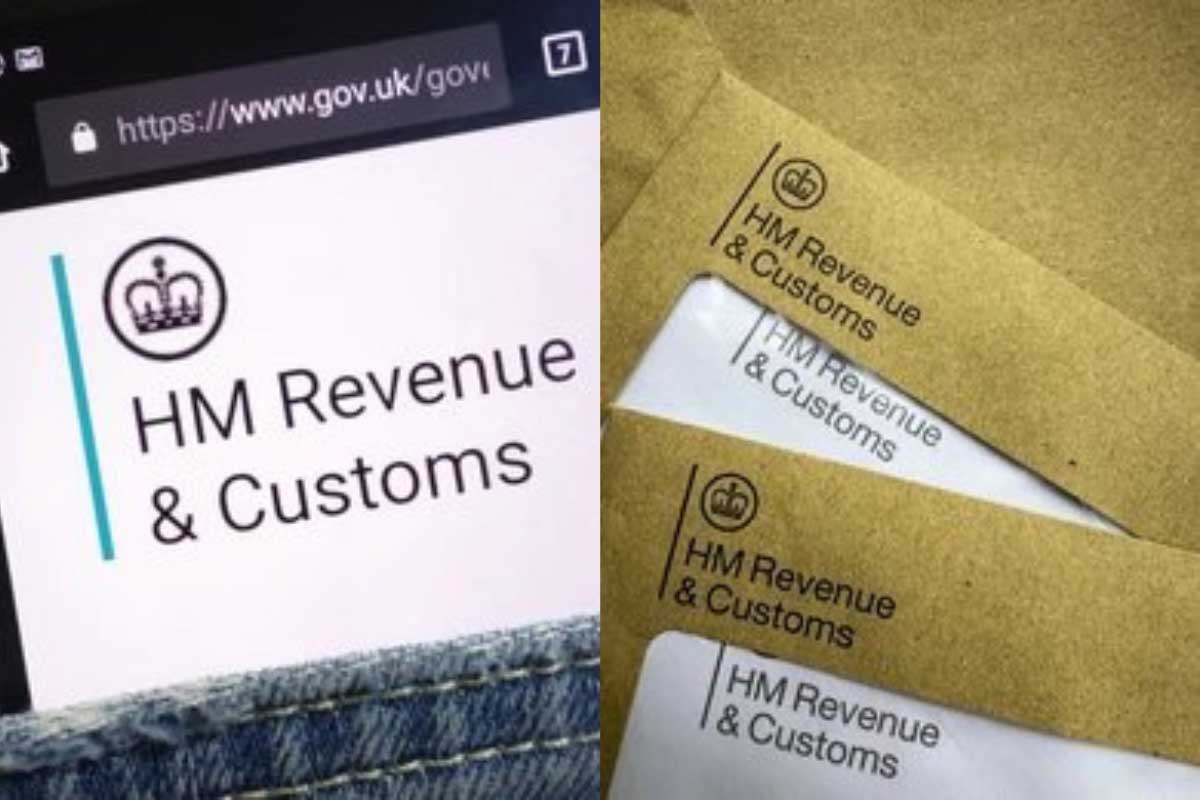Trade tensions have reemerged in 2025, with President Trump reintroducing sweeping tariff policies against America’s biggest trading partners. This has sent shockwaves across financial markets as Mexico, Canada, and China amped up the ante by responding with complementary tariffs. According to a Dartmouth economist, recent hikes will raise America’s average tariff rate from 2.4% to an unprecedented high of 10.5%, paving the way for a “new era”.
Overview of Trump’s Tariff Measures in 2025
Trump set a baseline tariff of 10% on all imports effective from 5 April, while the “key targets”, including the 27-member European Union, Vietnam, South Africa, Japan, and others, will face customized tariff rates. China is at the receiving end of the highest tariffs of all.
Trump further applied a 25% tax on imported cars and car parts, along with an additional 25% tariff on all steel and aluminum imports.
What is a Trade War?
A trade war refers to a dispute of an economic nature where one country imposes tariffs or taxes on another to gain leverage. This is directly opposed to the notion of free trade as advocated by liberal philosophy and ultimately aims to protect domestic industries from undue competition.
However, trade wars can have the opposite effect by increasing consumer prices and disrupting smooth supply chains while straining geopolitical relationships. A trade war reflects a protectionist state policy where the state actively intervenes to control the flow of goods across borders so as to establish a trade balance in one’s favor.
How It All Started: An Imbalance in Trade Relations
The very idea of trade wars had become obsolete with the rise of globalization and a neoliberal economic order. The US and China turned into major trading partners until President Trump slapped tax barriers on China back in 2018 in response to what he perceived as unfair trade practices and intellectual property theft that hurt the US economy. In return, over 100 US products were hit by a 25% tax from China, and this continued until the two countries struck a trade deal on Jan. 15, 2020.
President Trump’s policies mark a radical shift from the free trade policies that the US has pursued for decades since the end of World War 2. As per Trump, Import taxes are a “very powerful weapon” that he intends to use to advance American interests and make America Great again.
What Set Off the Current Trade War?
In 2024, the total value of US imports from China amounted to $440 billion, whereas US exports were a mere $145 billion. This trade deficit or imbalance was the driving force behind tariffs imposed by the Biden presidency that saw a 100% increase in tariffs on Chinese electric vehicles, coupled with a 50% tariff on solar cells and semiconductors.
Earlier in the year, Trump imposed a 25% tax on all imports from Mexico and China while doubling the tariff on Chinese products to 20 %. Initially, China pushed back with a 15% tariff on a wide array of U.S. farm exports while reinforcing a 34% tariff on US imports to China.
Trump responded by levying an additional 50%, with the final tariff standing at 104% (the number is still going up). China retaliated by raising import duties on US goods to 84%, against which Trump announced a whopping 145 % tariff on goods from China.
Economic Consequences of the Trade War
President Trump has vowed to respond with reciprocal tariffs if other countries impose barriers to American goods, setting the stage for a trade war in which each side seeks to gain the upper hand.
1. Inflation and Consumer Prices
Economists have warned that these tariffs could make inflation worse than before. The Federal Reserve puts the average projected inflation rate at 2.7% over the next year, while the Peterson Institute for International Economics estimates that tariffs on Canada, Mexico, and China could add up to 0.8 percentage points to core inflation. This, in turn, will prompt a rise in consumer prices, which can further shrink the purchasing power of the average population.
2. Impact on US growth
Morgan Stanley asserts that tariffs can cause a “big negative shock” if all countries are attacked by trade barriers at the same time, hence triggering a slowdown in the US economy. This could lead to a potential recession as the growing uncertainty around trade policies halts investments and local growth.
Moreover, the stand-off between the two nations could deteriorate their relationship further, provoking an 80% decrease in trade volume or a precisely $466bn (£363bn) drop, as forecasted by IMF.
3. Market response to Trade tensions
Global markets were in turmoil since Trump’s announcements, sparking sell-offs that resulted in losses amounting to trillions. As the ongoing trade disputes picked up heat, the stock markets suffered considerable losses that upended all the gains for the S&P 500 since Trump’s election. Barclays analysts have estimated that a universal 10% tariff could spur a 3.5% decrease in the earnings of S&P 500 companies.
Trade War Ripples: Assessing Global Economic Reactions
The targets of Trump’s policies are also preparing to reorient their trade policies. The European Union has also set eyes on putting into effect a set of retaliatory tariffs against the US, from 15 April onwards. Moving on, the Canadian president responded by saying that his country is pressing on for tariffs on American goods worth $100 billion (U.S. dollars) over the coming days.
The Mexican president has also affirmed that Mexico will impose reciprocal tariffs on specific US products. The spillover effects of this trade war will cause traditional US allies to lessen their reliance on the US and China and instead boost intra-regional trade cooperation.
Are Trade Wars All Negative?
By closing borders to foreign products, tariffs can bring in additional revenue for a country. It’s domestic industries and manufacturers who benefit the most, although consumers have to bear the brunt of potentially higher prices.
The effects of retaliatory tariffs imposed by foreign countries on the US mean that exports will become a lot more expensive for users in those countries.
The ongoing trade war will have potential consequences for the global economy, considering that the US and China comprise 43% of the total global economy, according to the International Monetary Fund.
Conclusion
The fresh series of tariffs from the Trump presidency indicate that a full-blown trade war is on the horizon as trade barriers become a permanent feature of the global economy. A trade war is mutually destructive and hurts not only individual consumers but also results in greater uncertainty in the global economy. Overall, it can be said that the effects of this trade war will be more negative than positive and felt globally.






